GPT-3 (and now GPT-3.5 is released) AI is the latest advancement in Artificial Intelligence technology, and it has opened up a whole new world of possibilities for SaaS entrepreneurs.
In this blog post, we’ll explore how GPT-3 can be leveraged for SaaS businesses to reap the rewards of an AI-driven business model.
We will also discuss some benefits and challenges faced when using GPT 3 AI for SaaS.
Finally, we’ll look at 7 examples of AI-based SaaS models built on top of GTP 3 API so you can get an idea about what’s possible.
What is GPT-3 AI?
GPT-3 stands for Generative Pre-trained Transformer 3, an AI language model that can generate text with human-like accuracy and fluency. This means that it can write articles, compose poetry, and even generate code.
Unlike other AI models, which require manual training to achieve a desired result, GPT-3 has already been pre-trained on millions of data points, so you don’t have to do the work yourself. All you need to do is provide some input and let the algorithm take care of the rest.
Benefits of using GPT-3 AI
The benefits of using GPT-3 AI are numerous. For starters, it allows businesses to quickly develop applications that require little manual coding effort due to its automated capabilities, such as natural language understanding (NLU).
Additionally, because it’s pre-trained on large datasets like Wikipedia and Reddit comments, businesses don’t need extensive resources or expertise in NLP technology to use it effectively.
This makes GPT-3 an excellent choice for startups and small businesses who want access to powerful AI tools but may not have the budget or personnel needed for more complex solutions.
Despite its many advantages, GPT-3 AI does come with some drawbacks that savvy entrepreneurs should be aware of.
The Drawbacks of GPT-3
For example, there is no guarantee of 100% accuracy and security risks due to ML algorithms potentially exposing confidential data.
Additionally, while GPT-3 has been trained on a large dataset, it still lacks context, which can lead to ambiguous or misinterpreted results without further human input.
And as stated on OpenAI’s official website, “ChatGPT sometimes writes plausible-sounding but incorrect or nonsensical answers.”
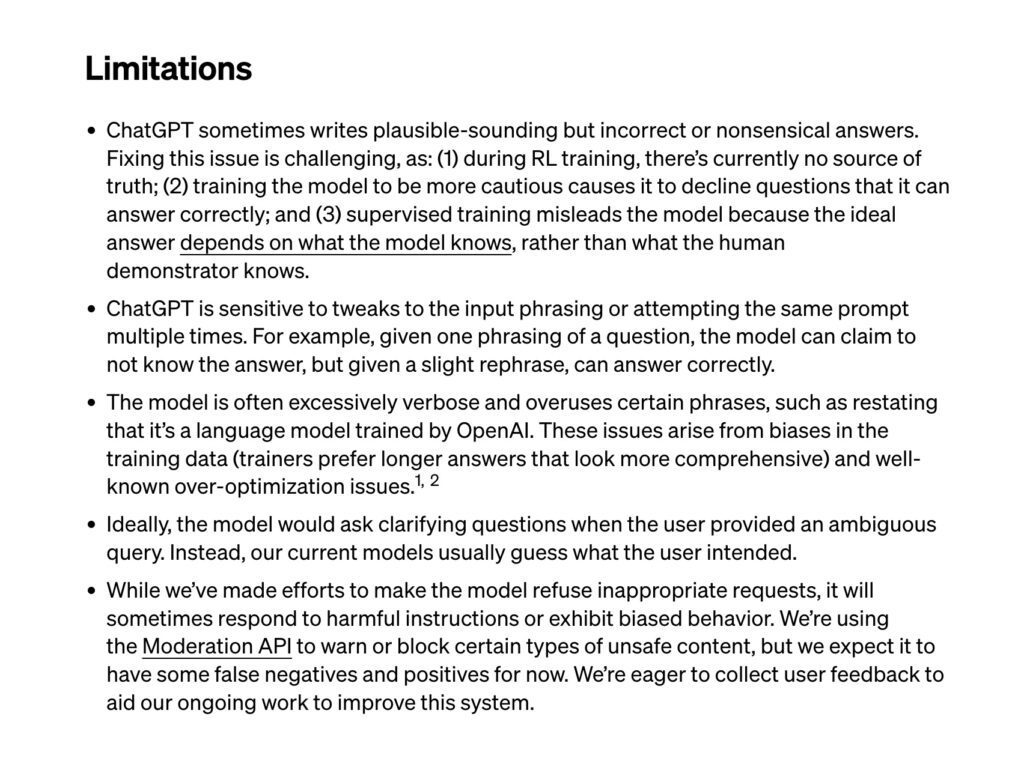
Despite its potential, GPT-3 may require additional human input and a keen eye to ensure accurate results – but it’s still an invaluable tool that boosts productivity and efficiency, given that you spend the time on writing the right prompt and fact check.
Moving on from here, let’s look at some examples of how GPT-3 can be integrated into existing systems for SaaS purposes.
SaaS Business Opportunities on Top of the GPT-3 and Similar AI Technology
AI-Powered Chatbot
The classic example of a GPT-3 AI-powered chatbot is ChatGPT (now powered by GPT-3.5.)
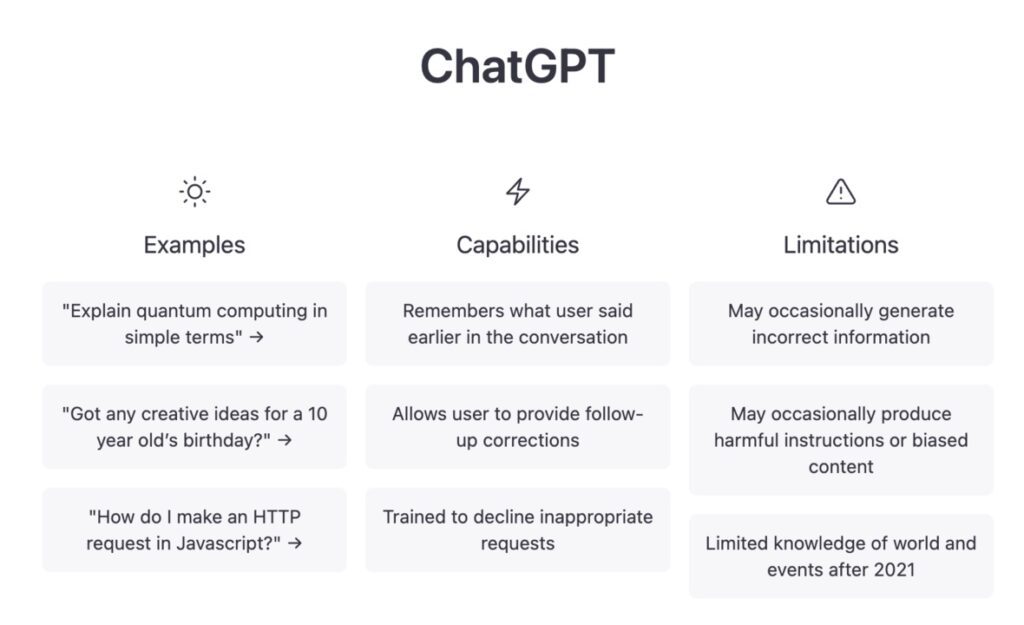
SaaS businesses can leverage GPT-3 to create conversational chatbots that understand natural language queries and provide responses.
It could be added as part of their SaaS product offerings. The first few applications that come to my mind are helpdesk SaaS like Zendesk and chatbot building platform SaaS like Landbot.
This technology can be used for many instances, such as customer support inquiries, product recommendations, and marketing campaigns.
Data Mining & Analysis
With GPT-3, businesses can quickly identify trends in large datasets and make decisions based on the insights gained from data mining.
For example, companies could use this technology to analyze sales figures or user behavior patterns over time to optimize their products or services accordingly.
Multiple SaaS software categories could benefit from data mining and analysis technology, such as CRM software like HubSpot and Salesforce.
Salesforce is the first to release a generative AI for CRM, Einstein GPT, which delivers and create content for sales, service, marketing, and commerce to transform customer experience.
Text Summarization
Text summarization tools powered by GPT-3 can help organizations save time by automatically generating summaries of long documents such as research papers.
These tools are especially useful for busy professionals who need quick access to important information without having to read through an entire document.
For example, Notion has leveraged GPT-3 to launch Notion AI, which helps users summarize texts, write emails, and social media posts.
You can read my first-hand testing review of Notion AI here, in which I include several use cases and examples.

Video Transcription
Video transcription services powered by GPT-3 can help companies transcribe audio files into text quickly and accurately with minimal effort required from human operators.
This technology is ideal for content creators who want to easily convert videos into written transcripts so they can be repurposed into blog posts or other forms of digital media content later on down the line.
For example, Otter.ai provides AI meeting assistance that records audio, live transcribes, and generates summaries.
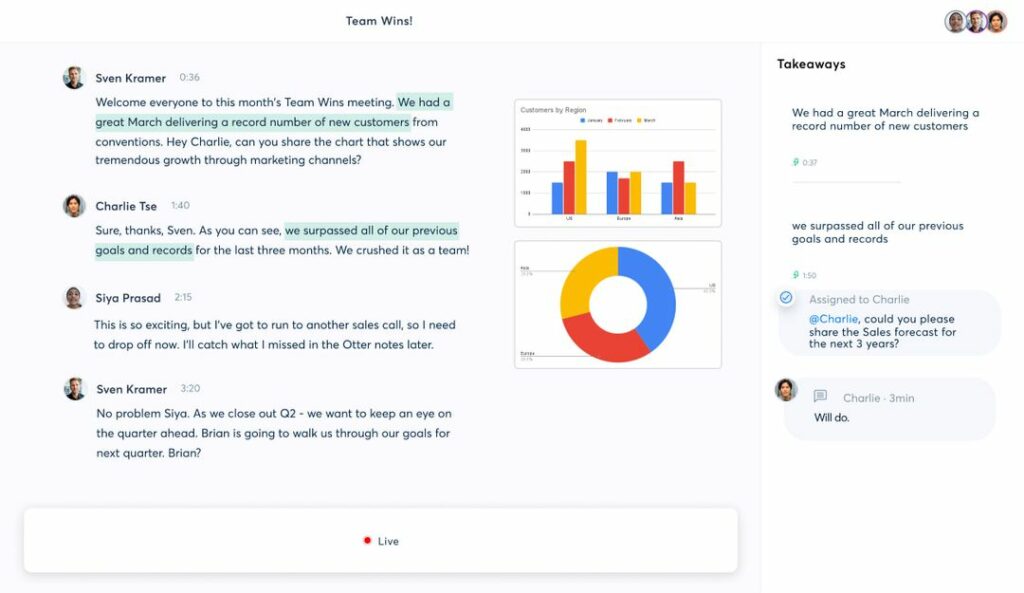
Image Recognition
Image recognition software built on top of the GPT-3 API has many potential applications across different industries, including healthcare, retail, security surveillance systems, autonomous vehicles, etc.
Image recognition enables them to undertake tasks such as facial detection, item identification, image categorization, and product classification.
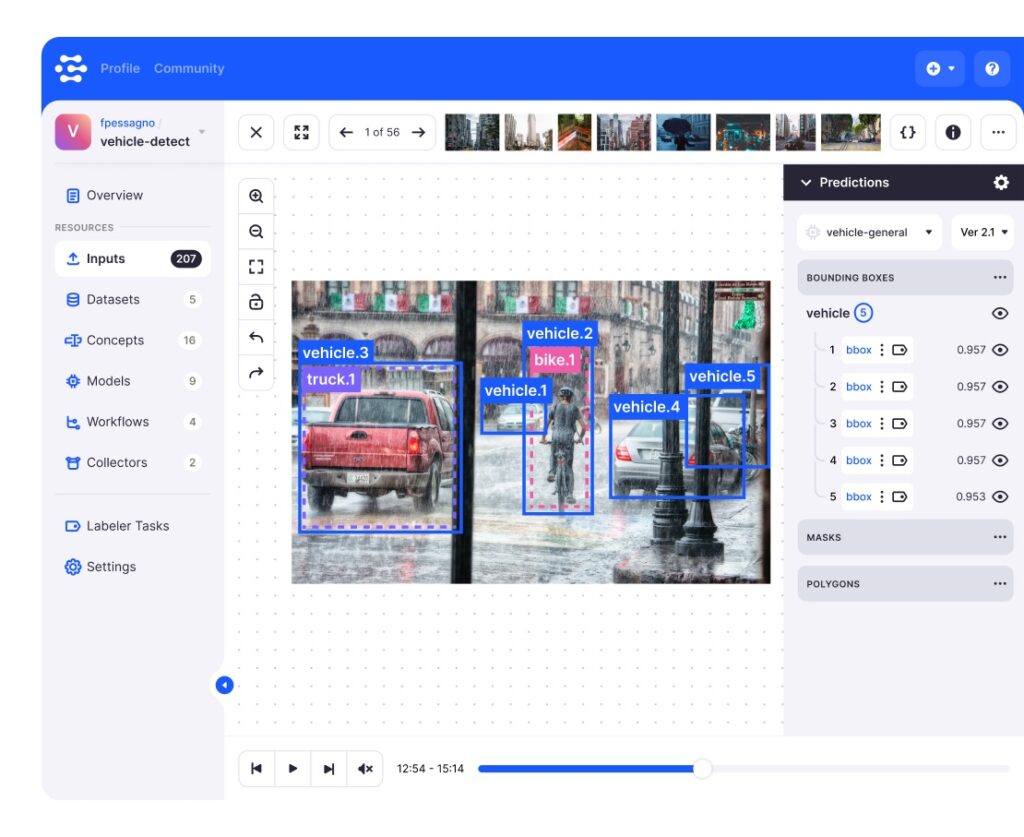
With the help of GPT 3 API’s powerful NLP algorithms and machine learning capabilities, developers can build robust image recognition systems that can identify objects within images with high accuracy levels in a fraction of the time compared to traditional methods.
Some examples include Clarifai’s Computer Vision, Amazon Rekognition, and Google Cloud Vision AI.
Video Analysis
Similar to image recognition and video transcription, video analysis platforms powered by AI can facilitate facial recognition, object detection, and scene segmentation tasks.
This enables users to extract valuable insights from surveillance camera footage or other video sources quickly and efficiently.
For example, Google Video AI enables you to easily create intelligent video apps that allow you to gain insights from video almost in real time using streaming video annotation.
Voice Assistant
Voice assistant platforms such as Amazon Alexa, Google Home, Apple Siri, and Microsoft Cortana are powered by sophisticated machine learning algorithms like those found in the OpenAI’s GPT-3.
Such voice assistants offer convenience while allowing users to perform tasks hands-free via voice commands ranging from setting reminders, playing music streaming radio stations, ordering groceries online, etc., making life easier overall.
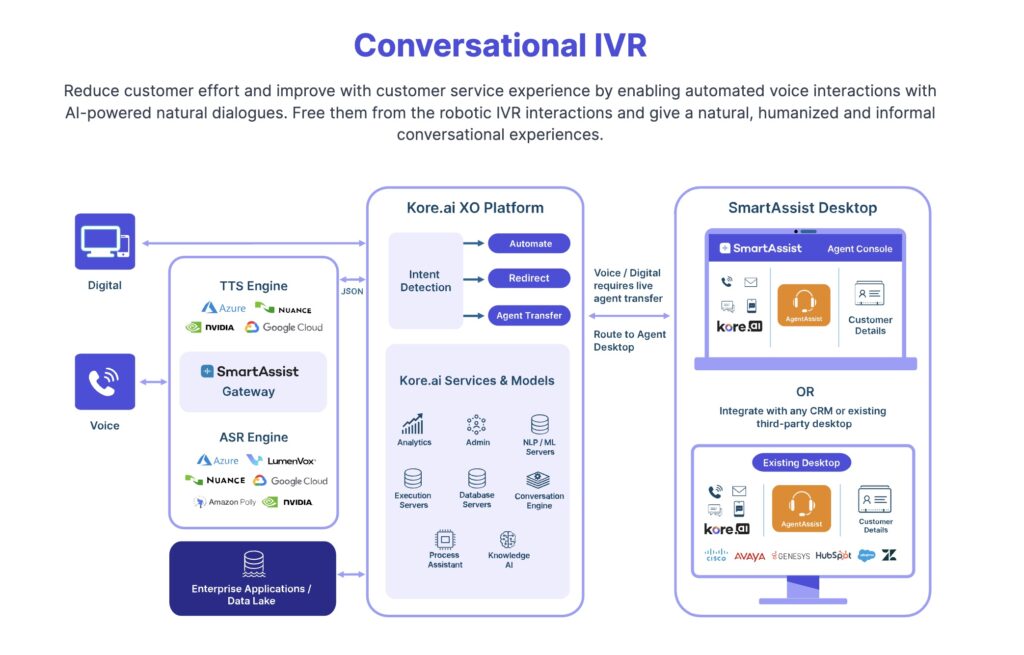
In SaaS, the same technology can be applied to provide intelligent virtual assistants (IVAs) or virtual agent services. It allows businesses’ customers to interact with them conversationally, much like a customer support agent. One example is the Kore.ai voice assistant.
Benefits of Building a SaaS Business on Top of GPT-3 API
Building an AI-powered SaaS business on top of GPT-3 API provides excellent efficiency.
Using GPT-3 APIs enables developers to create powerful applications with minimal effort thanks to its pre-trained models, which have already been trained on large datasets.
Rather than spending time building a model from scratch, developers can use the pre-trained models and plug in the necessary parameters to quickly create powerful applications.
Furthermore, because these models are constantly being improved with each new version release, it ensures that any application created is always up-to-date with cutting-edge technology advancements within AI/ML field, thus providing maximum value for customers using these services.
Challenges Faced When Building a SaaS Business on Top of GPT-3 API
However, utilizing GPT-3 API to build a SaaS business may come with certain issues that need consideration.
One of the primary concerns when building a SaaS business on top of GPT-3 API is data security. Since the model relies on large datasets to generate its outputs, any breach in security could lead to sensitive information being exposed or stolen.
Using GPT-3 can be costly, as it requires an API key priced depending on usage. If you plan to add an AI feature to your SaaS product, keep in mind the costs involved, and whether your customers are ready to pay more for your AI features.
Conclusion
GPT-3 AI has opened up a world of possibilities for SaaS entrepreneurs and online businesses. By utilizing the capability of this sophisticated technology, it is achievable to create applications that can improve productivity and effectiveness in any organization.






